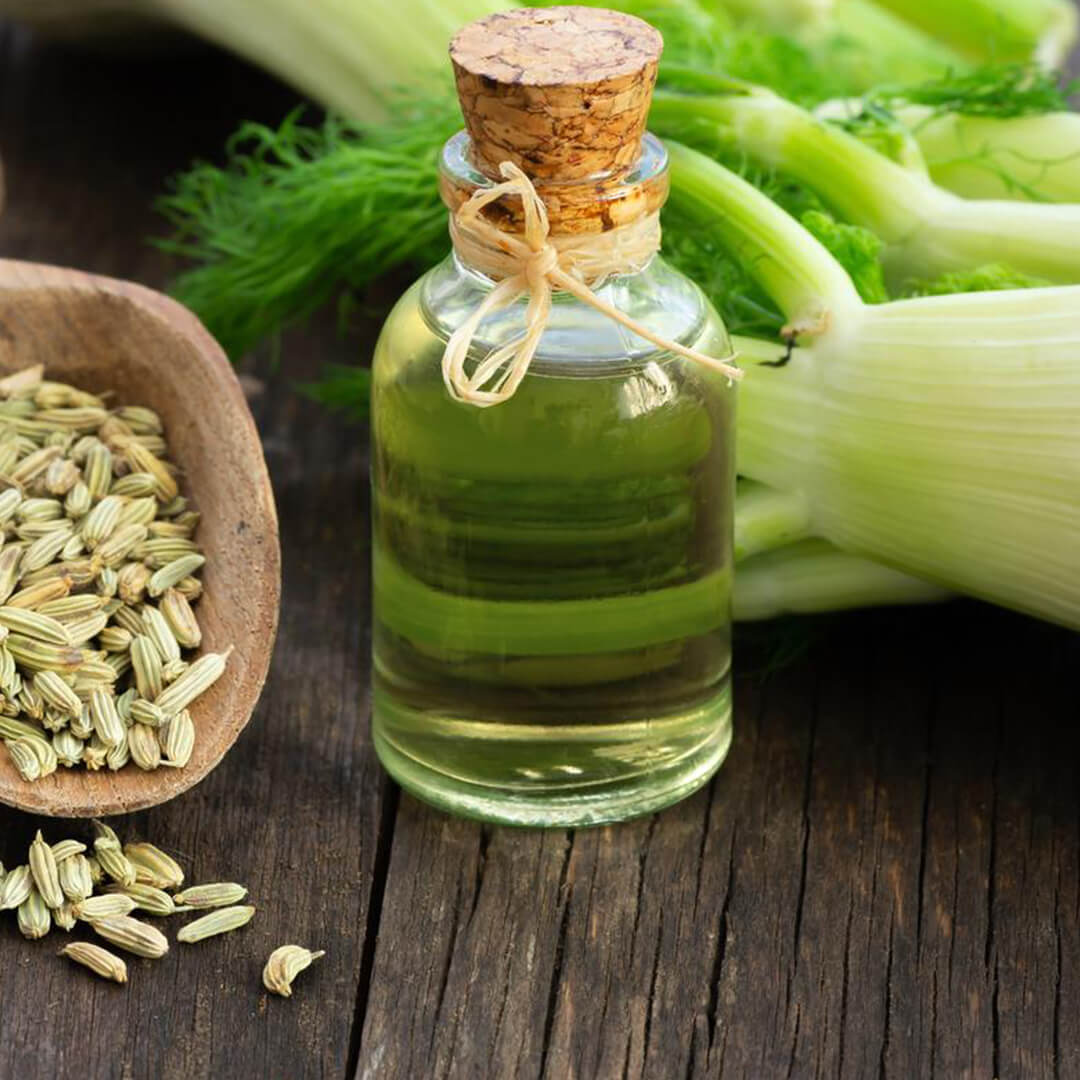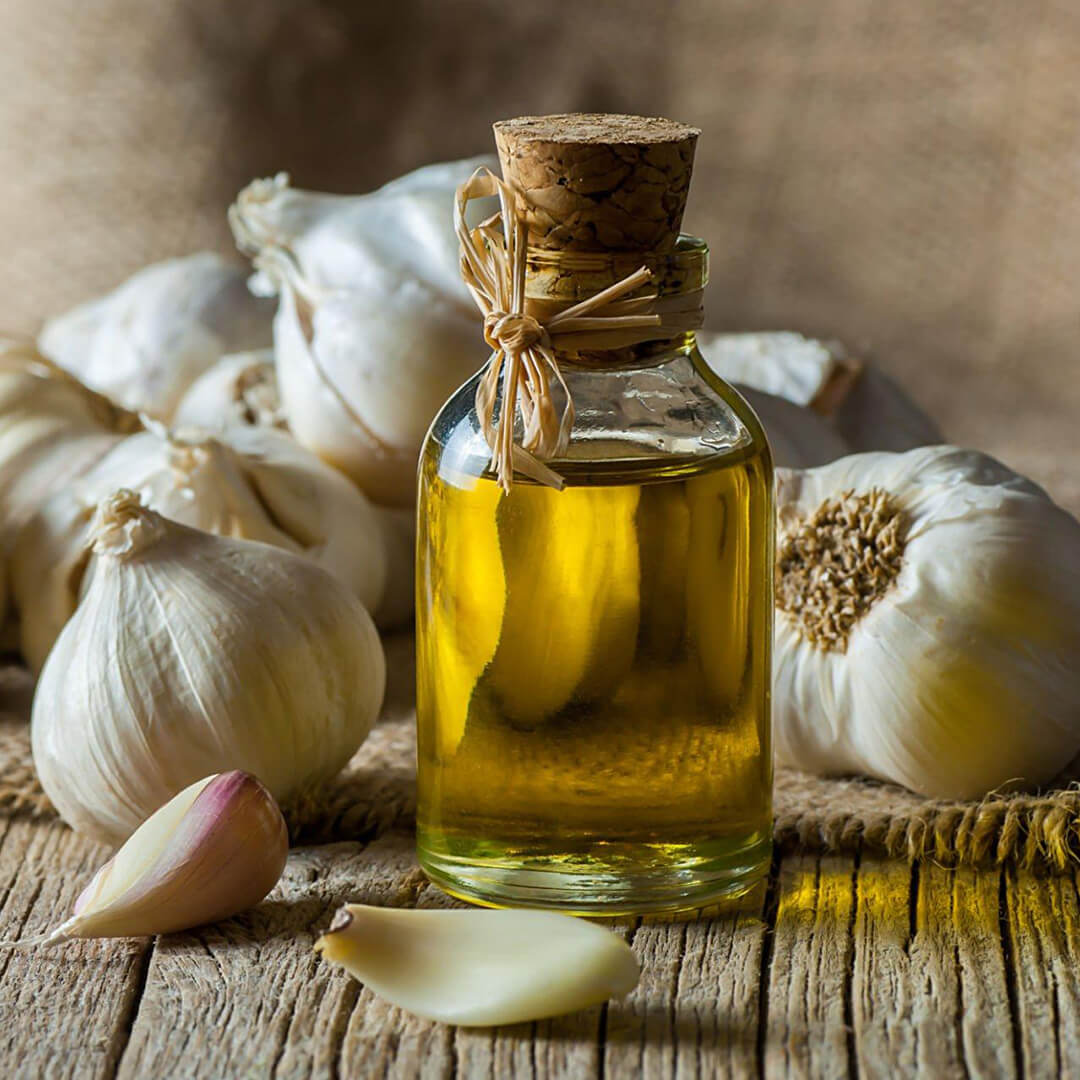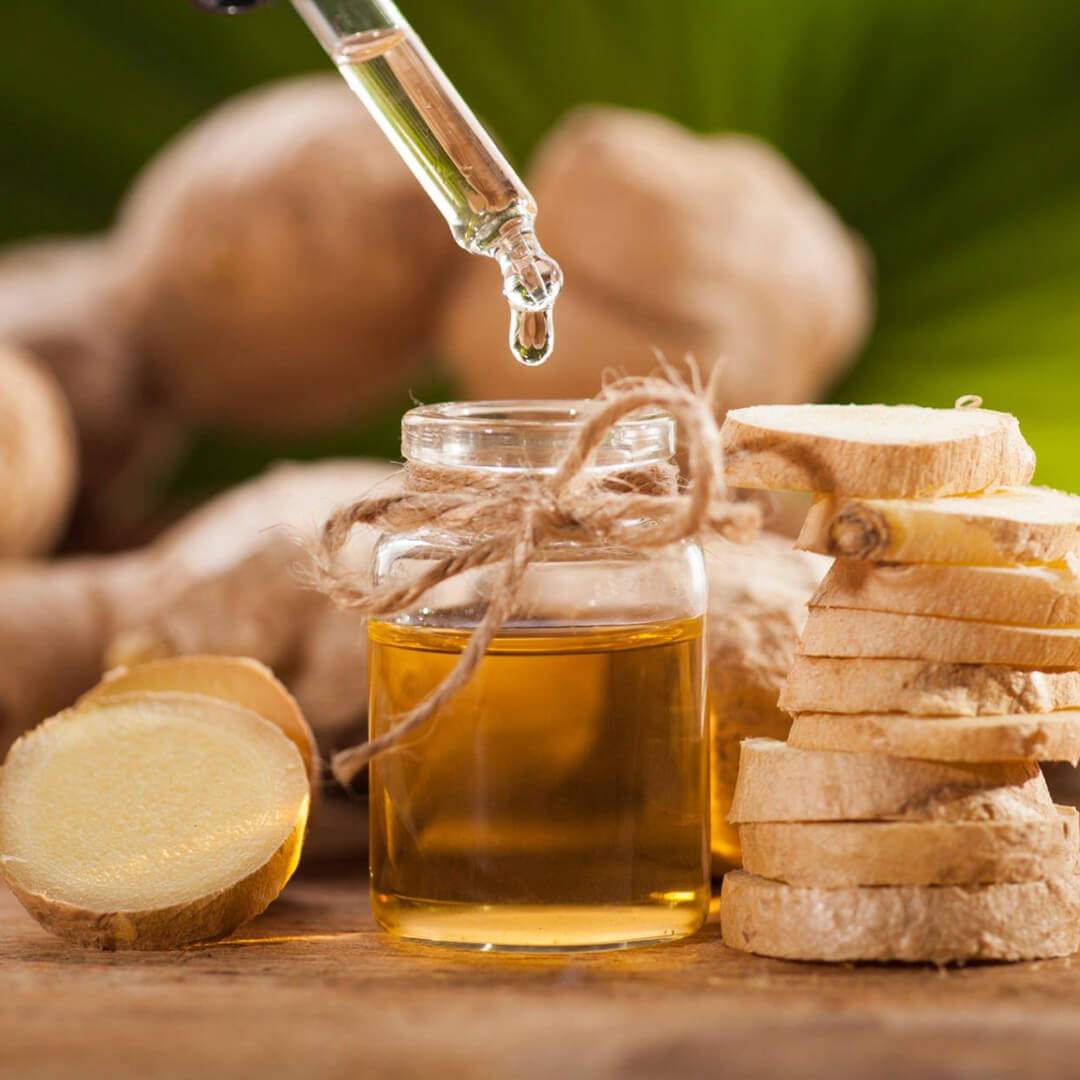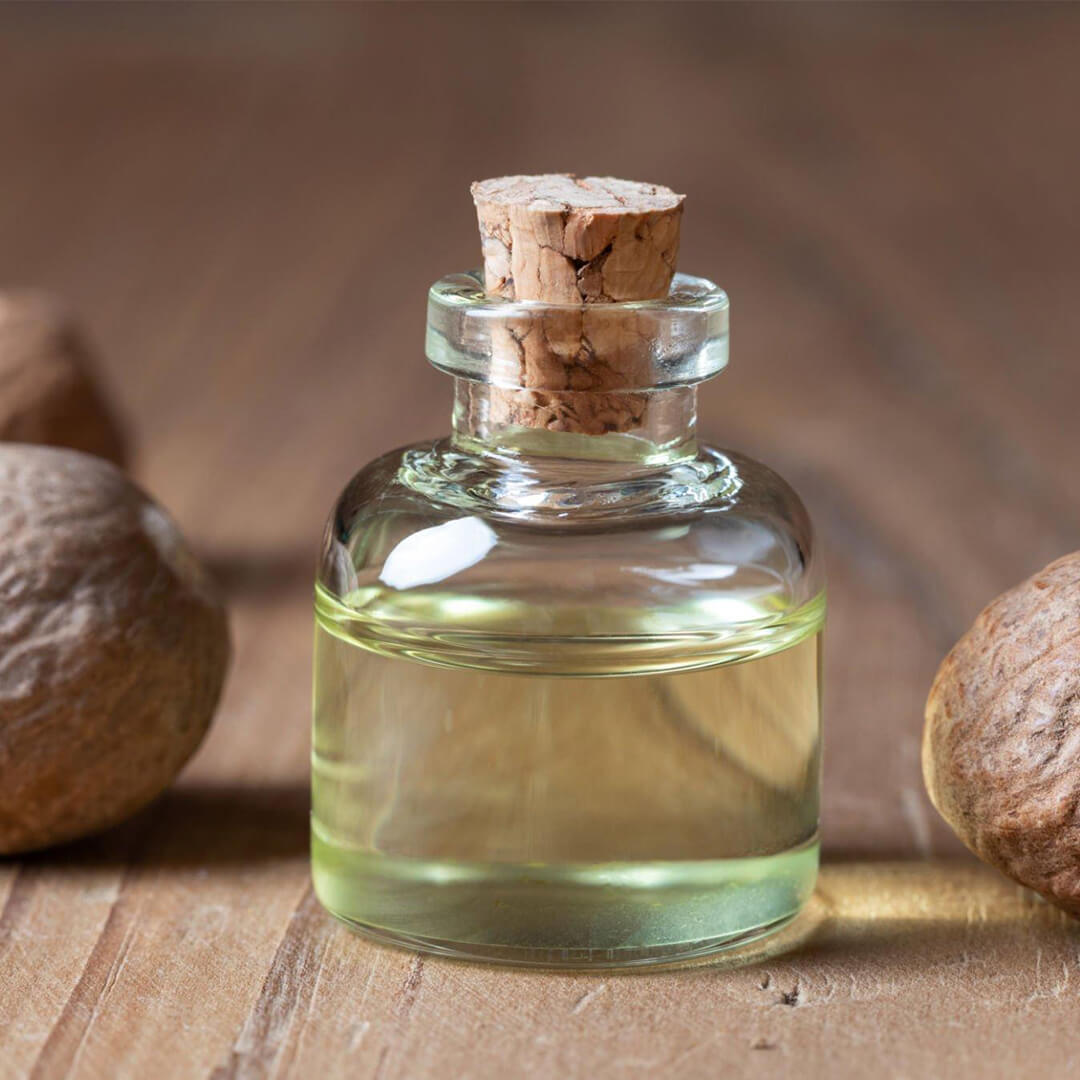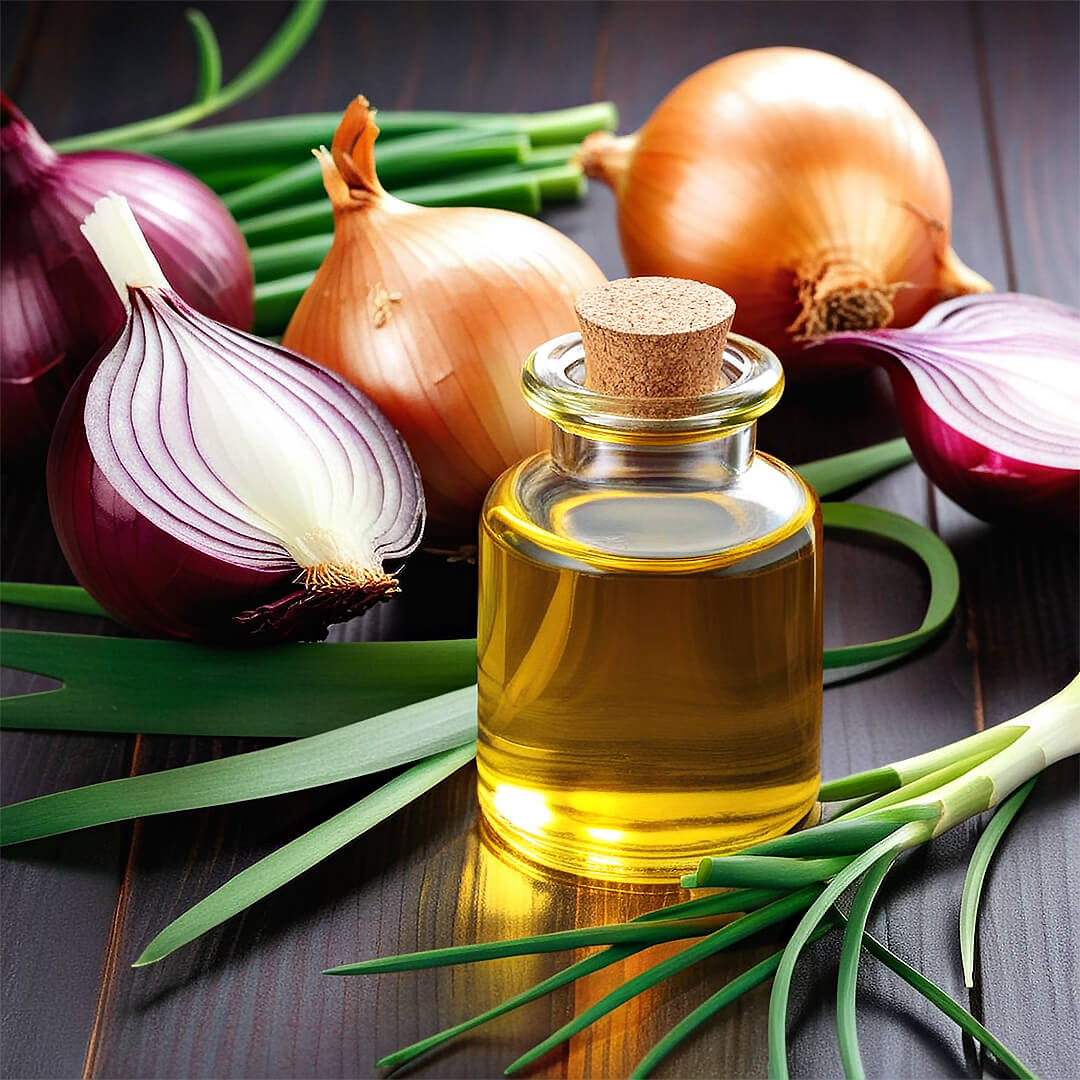Spice Oils
Spice Oils are distilled from spices at the initial stage before being subjected to solvent extraction. These oils are all steam distilled, ensuring the preservation of their natural properties. Popular spice Essential oils include Black Pepper, Cardamom, Cassia, Cinnamon Bark, Clove, Coriander, Cumin, Dill, Fennel, Ginger, and Juniper Berry, all of which come under the spice category. These oils are widely used in a variety of applications, from aromatherapy to culinary and medicinal uses, due to their potent and concentrated nature. One example is All Spice Essential Oil, which is known for its potential to combat headaches, muscle cramps, and tooth pain. Research suggests that the eugenol content in allspice is responsible for these effects, as eugenol is an analgesic, commonly used in dentistry for pain relief. Additionally, Allspice oil can help ease muscle pain and strains by promoting circulation, making it a popular choice in massage and therapeutic oils. Sourcing from a reputable Spice Oil Bulk Suppliers is essential for businesses that require large quantities of these potent oils. Partnering with a trusted Spice oil bulk manufacturers ensures that the oil retains its therapeutic favors. Moreover, working with a Spice oil wholesale supplier provides cost-effective solutions for industries seeking high-quality oils.
Global Bulk Manufacturer & Supplier of Natural & Pure Products
International Renowned Exporters of Essential Oils & Carrier Oils. Serving clients in:
